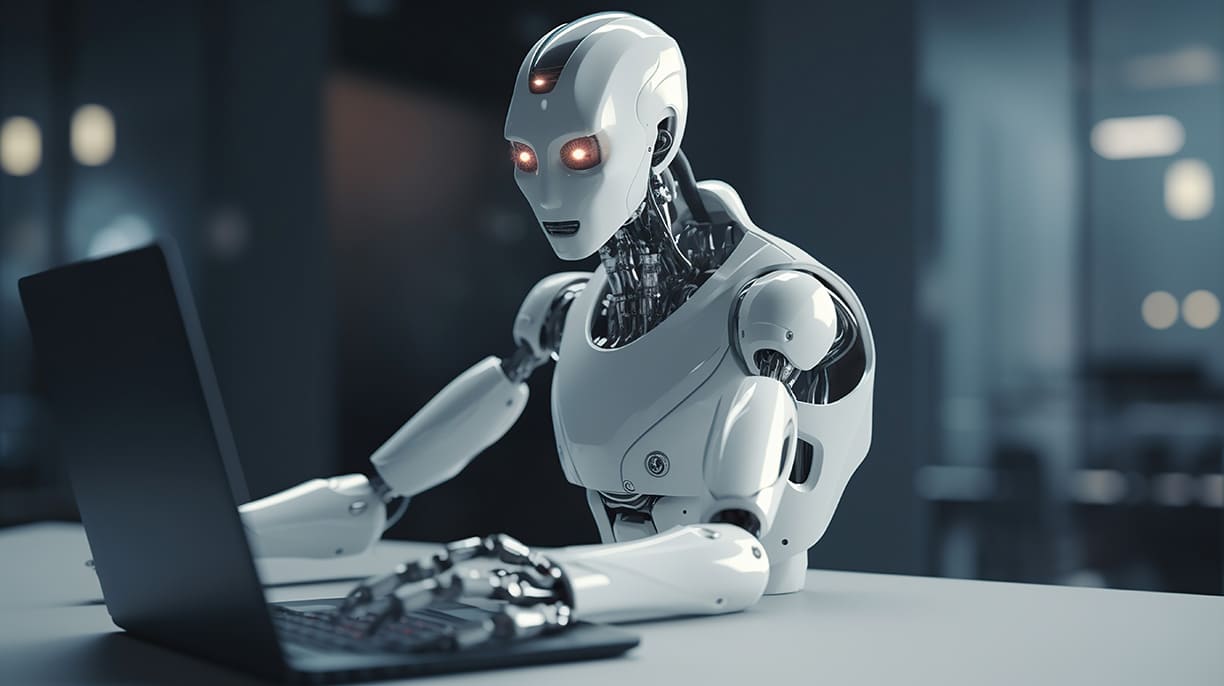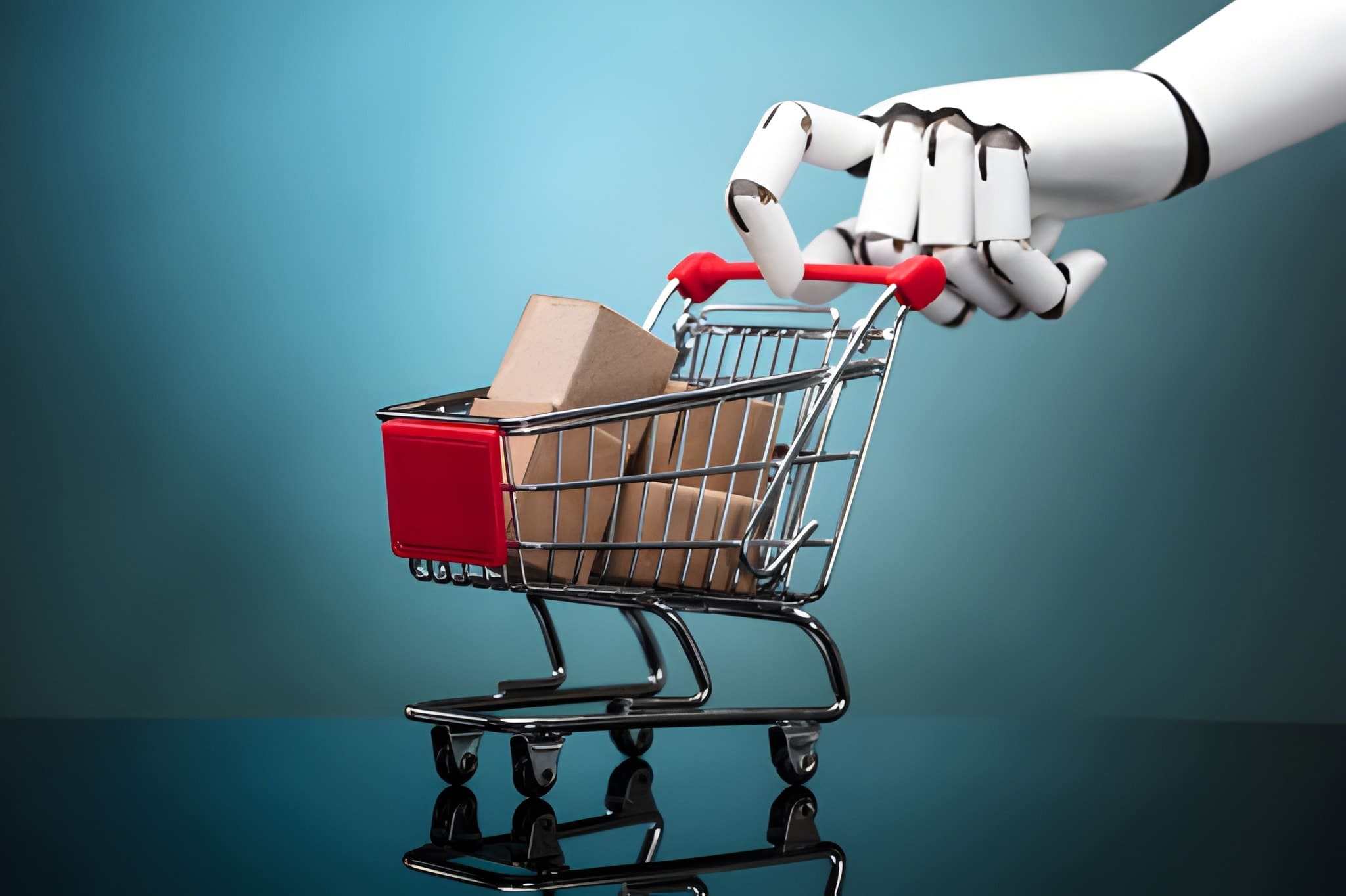Are you struggling with content creation? You’re not alone. Many find it overwhelming. Enter ai content generation tools. These tools promise efficiency and creativity, transforming the way businesses approach content production. But how do you maximize their potential? What architecture supports this goal? In this blog, we’ll explore architecture best practices for leveraging ai content generation tools effectively, ensuring that you can generate high-quality content consistently while optimizing your workflow.
Ai Content Generation Tools Architecture
Essential Components of Ai Content Generation Tools
To create efficient ai content generation tools, it’s critical to understand the architecture that underpins them. The success of these tools hinges on several essential components:
- Natural Language Processing (NLP): At the heart of any ai content generation tool is robust NLP capabilities. This technology comprehends user input, analyzes context, and generates coherent responses.
- Machine Learning Algorithms: These algorithms learn from vast datasets, improving accuracy and efficiency over time. By incorporating machine learning into your tool, you enable it to adapt to user preferences and enhance the relevance of generated content.
- User Interface (UI): A user-friendly UI is essential. It ensures that users can easily interact with the tool, whether they are content creators, marketers, or business owners. The UI should promote seamless navigation and access to vital features.
- Content Repository: A structured content repository is essential for storing generated content, templates, and previously published work. This facilitates easy retrieval and provides context for future content generation.
- Integration Capabilities: Your ai tool must be capable of integrating with other applications and platforms, such as content management systems (CMS) and social media outlets. This allows for a streamlined workflow and enables users to share content quickly and efficiently.
Incorporating these components into the architecture of your ai content generation tools helps create a robust system that can handle high-volume requests and deliver quality output.
Scalability in Ai Content Generation Tools Architecture
Scalability is another vital aspect of ai content generation tools architecture. As the demand for content grows, so too must the capacity of your system. Here are some strategies to ensure scalability:
- Microservices Architecture: By adopting a microservices architecture, you can separate different functionalities of the ai content generation tool into independent services. This allows for easier scaling of individual components as needed without disrupting the overall system.
- Cloud-Based Infrastructure: Utilizing cloud services enables your architectures to scale dynamically. If the demand for content increases suddenly, cloud resources can be adjusted to handle the influx without a hitch. This flexibility is crucial for businesses that experience fluctuations in content needs.
- Load Balancing: Implementing load balancers can distribute traffic evenly across your servers. This prevents any single server from being overwhelmed, ensuring that users enjoy fast and responsive performance, no matter how many are accessing the tool simultaneously.
- Performance Monitoring: Regularly monitor the performance of your ai content generation tools. Tools like APM (application performance management) systems can help identify bottlenecks in your architecture and allow you to address them proactively.
By focusing on scalability within your ai content generation tools architecture, you ensure that your system can grow alongside your content needs, maintaining quality and efficiency regardless of demand.
Reference Architecture for Ai Content Generation Tools
Understanding the Role of Reference Architecture
Reference architecture serves as a blueprint or template for designing software architectures tailored to a specific domain. For ai content generation tools, a well-defined reference architecture is imperative as it provides clarity on integration, implementation, and deployment strategies.
- Standards Compliance: A reference architecture aids in ensuring compliance with industry standards. This can improve interoperability between various applications and systems, making content generation tools more versatile and adaptable.
- Best Practices: It encapsulates best practices and guidelines, providing a framework for development teams. By adhering to these established practices, teams can avoid common pitfalls associated with ai content generation tools development.
- Streamlined Development: With a reference architecture at hand, development teams can work more efficiently. It reduces ambiguity during the build process, allowing engineers to focus on innovation rather than reinventing the wheel.
Example of Effective Reference Architecture
A clear example of effective reference architecture for ai content generation tools could involve a layered architecture:
- Presentation Layer: This layer consists of user interfaces—whether web-based or mobile—that allow users to input data, request content, and view output. A superior user experience at this layer directly impacts the effectiveness of the tool.
- Application Layer: Here, the core ai algorithms reside. This is where NLP processes input for context understanding, and machine learning algorithms generate content based on users’ requests.
- Data Layer: The data layer stores user inputs, generated content, and learning models. Using databases, cloud storage, or data lakes ensures that your ai tool can retrieve and analyze historical data effectively.
- Integration Layer: This component connects your ai content generation tool with other platforms—like social media, CMS, and analytics tools—using APIs or webhooks. It’s through this layer that content can be distributed or analyzed post-publication.
With such a structured approach to reference architecture, software development companies can build ai content generation tools that are resilient, easy to maintain, and scalable.
Choosing a Software Development Company for Ai Content Generation Tools
Key Qualities of a Software Development Company
When selecting a software development company to partner with for your ai content generation tools, several key qualities should be considered:
- Expertise in ai and Machine Learning: Look for companies that specialize in ai technology. Their understanding of data science and machine learning will ensure that your tools are developed with the latest technologies.
- Strong Portfolio: A reputable company should showcase a diverse portfolio of previous projects that reflect their expertise in ai content generation tools or similar applications. Case studies and client testimonials can provide insight into their capabilities.
- Agile Development Practices: The company should adopt agile methodologies that allow for flexibility in development. This approach enables quicker adjustments based on user feedback, ensuring the final product meets your evolving content needs.
- Effective Communication: Choose a company that emphasizes transparent communication. You’ll want to understand development progress and feel comfortable providing input on your requirements.
Working with a qualified software development company can bridge the gap between your vision and effective execution.
Evaluating Software Development Companies
Once you’ve shortlisted several software development companies, you need to conduct a thorough evaluation. Here are steps to guide you:
- Research Their Background: Look into their history, values, and team. A stable company with experienced engineers is more likely to handle complex projects effectively.
- Review Case Studies: Ask for examples of ai content generation tools they’ve developed. Analyze these tools’ functionality, user experience, and innovation levels to assess whether their style aligns with your needs.
- Conduct Interviews: Don’t hesitate to reach out for interviews or consultations. Discuss your project, gauge their understanding, and evaluate how well they respond to your queries.
- Check Client References: Speaking with past clients can provide firsthand insights into their experience with the software development company. Ask about project delivery, post-launch support, and overall satisfaction.
By meticulously evaluating potential partners, you can find a software development company that aligns with your specific needs, ensuring a successful collaboration on your ai content generation tools.
Mobile App Development Company for Ai Content Generation Tools
Importance of Mobile Apps in Content Generation
In an era where mobile usage is skyrocketing, having a mobile app component for your ai content generation tools is indispensable. Here are some reasons why:
- Accessibility: Mobile apps allow users to access your tools anytime and anywhere. This accessibility increases user engagement and encourages consistent content creation.
- On-the-Go Functionality: With mobile apps, users can generate content while traveling or during downtime, effectively maximizing productivity. This flexibility means users can capitalize on spontaneous ideas and inspiration.
- Real-time Notifications: A mobile app can send real-time notifications, alerts, or updates when a new feature is available or when a user needs to review generated content, enhancing the overall user experience.
- User-Friendly Interface: A well-designed mobile app can simplify complex functionalities and make content generation intuitive. By offering a streamlined interface, you can cater to a broader audience, including those less tech-savvy.
Features to Look for in a Mobile App Development Company
Selecting the right mobile app development company is crucial for creating an application that complements your ai content generation tools. Here are some essential features to look for:
- Cross-Platform Development Expertise: Choose a company that specializes in cross-platform development to ensure your app functions seamlessly on both iOS and Android devices.
- User-Centric Design: A focus on user experience is a must. Evaluate their previous mobile applications regarding ease of use, design aesthetics, and feedback from users.
- Integration Capabilities: Ensure the company has experience integrating mobile apps with existing systems, such as your ai content generation tools and any other platforms you use.
- Post-Launch Support and Maintenance: A good mobile app requires ongoing support. Opt for a company that offers post-launch maintenance to address any issues that might arise or to implement updates as necessary.
Having a strong mobile app development partner is vital to enhancing your ai content generation capabilities, ensuring users have the best experience possible.
Best Practices in Ai Content Generation Tools Development
Agile Methodologies for Ai Content Generation Tools
Adopting agile methodologies is an excellent practice for developing ai content generation tools. Here’s why:
- Iterative Development: Agile methodologies promote iterative development, allowing developers to build and test small parts of the ai tool over time. This approach often leads to higher quality tools by making adjustments based on real user feedback during the development process.
- Enhanced Collaboration: Agile encourages collaboration among team members, including stakeholders from different departments. This holistic view can lead to innovative solutions and better alignment with user needs.
- Faster Time to Market: Agile allows for quicker releases and updates. By continuously developing and improving, companies can get their ai content generation tools to users faster, keeping pace with technological advancements and competitor offerings.
Continuous Integration and Deployment in Ai Content Generation Tools
Another best practice is the implementing continuous integration (CI) and continuous deployment (CD) processes in the development lifecycle. Here’s how they enhance ai content generation tools:
- Quality Assurance: CI involves automatically testing code as it is developed, reducing the likelihood of bugs making it to the final product. This enhances the overall quality of your ai content generation tools.
- Faster Feedback Loop: Developers receive immediate feedback on their changes, allowing for quick iterations. This rapid response time is crucial in a field where user preferences may shift rapidly.
- Seamless Deployment: CD automates the deployment process, releasing new features or updates without significant downtime. Users can enjoy new functionalities without interruptions, ensuring a strong user experience.
By implementing these methodologies, you can foster a development environment that promotes quality, innovation, and continuous improvement in your ai content generation tools.
Future Trends for Ai Content Generation Tools Architecture
Emerging Technologies Influencing Ai Content Generation Tools
The landscape of ai content generation tools is continually evolving, driven by emerging technologies. Here are some trends to pay attention to:
- Enhanced NLP Models: With advancements in NLP, tools will continue to generate even more sophisticated and context-aware content, making content indistinguishable from human-produced text.
- Voice-Activated Content Generation: As voice technologies improve, expect to see voice-activated ai content generation tools that allow users to create content simply by speaking, making the process more accessible.
- Integrations with Augmented Reality (AR) and Virtual Reality (VR): These technologies could redefine content production, allowing for immersive storytelling and interactive content creation.
Anticipating User Needs with Ai Content Generation Tools
As technology progresses, keeping an eye on user needs is paramount:
- Personalized Content Generation: Future ai content generation tools will increasingly focus on personalizing content based on user behavior, preferences, and demographics, making content that resonates on an individual level.
- User-Centric Design Trends: As users become accustomed to seamless experiences across digital platforms, the demand for user-friendly interfaces in ai content generation tools will only increase. Companies must prioritize a design that anticipates and responds to user needs.
By embracing these trends, you can ensure that your ai content generation tools remain relevant and effective, catering to the evolving landscape of content creation.
Conclusion
In summary, adopting effective architecture best practices for ai content generation tools is crucial for maximizing their potential. From understanding the essential components and scalability of the architecture to choosing the right software development company, each step plays a vital role in creating tools that enhance content creation. Additionally, focusing on mobile app development and best practices like agile methodologies fosters innovation and efficiency.
Wildnet Edge stands out as a trusted, AI-first company in the industry, committed to pushing the boundaries of what’s possible with ai content generation tools. As you explore these technologies, consider how they can transform your content strategy and empower your team to produce high-quality, engaging work consistently.
FAQs
Typical pricing can vary widely depending on project complexity, averaging around $5,000 to over $100,000 based on the specifics of your needs.
Key cost factors include personnel expertise, technology stack, project scope, data quality, and model complexity, among others.
Look for experience with AI projects, a solid portfolio, client reviews, and expertise in fine-tuning models to make an informed choice.
Yes, integrating llm fine tuning can significantly enhance your app’s functionality, improving overall user experience.
ROI can be effectively measured by improvements in performance, enhanced user engagement, and long-term operational efficiency gains.

Nitin Agarwal is a veteran in custom software development. He is fascinated by how software can turn ideas into real-world solutions. With extensive experience designing scalable and efficient systems, he focuses on creating software that delivers tangible results. Nitin enjoys exploring emerging technologies, taking on challenging projects, and mentoring teams to bring ideas to life. He believes that good software is not just about code; it’s about understanding problems and creating value for users. For him, great software combines thoughtful design, clever engineering, and a clear understanding of the problems it’s meant to solve.
 sales@wildnetedge.com
sales@wildnetedge.com +1 (212) 901 8616
+1 (212) 901 8616 +1 (437) 225-7733
+1 (437) 225-7733































